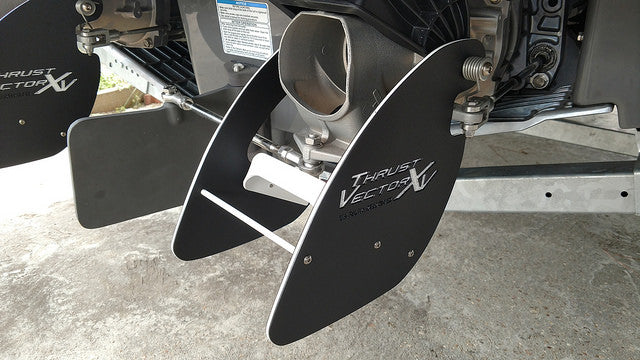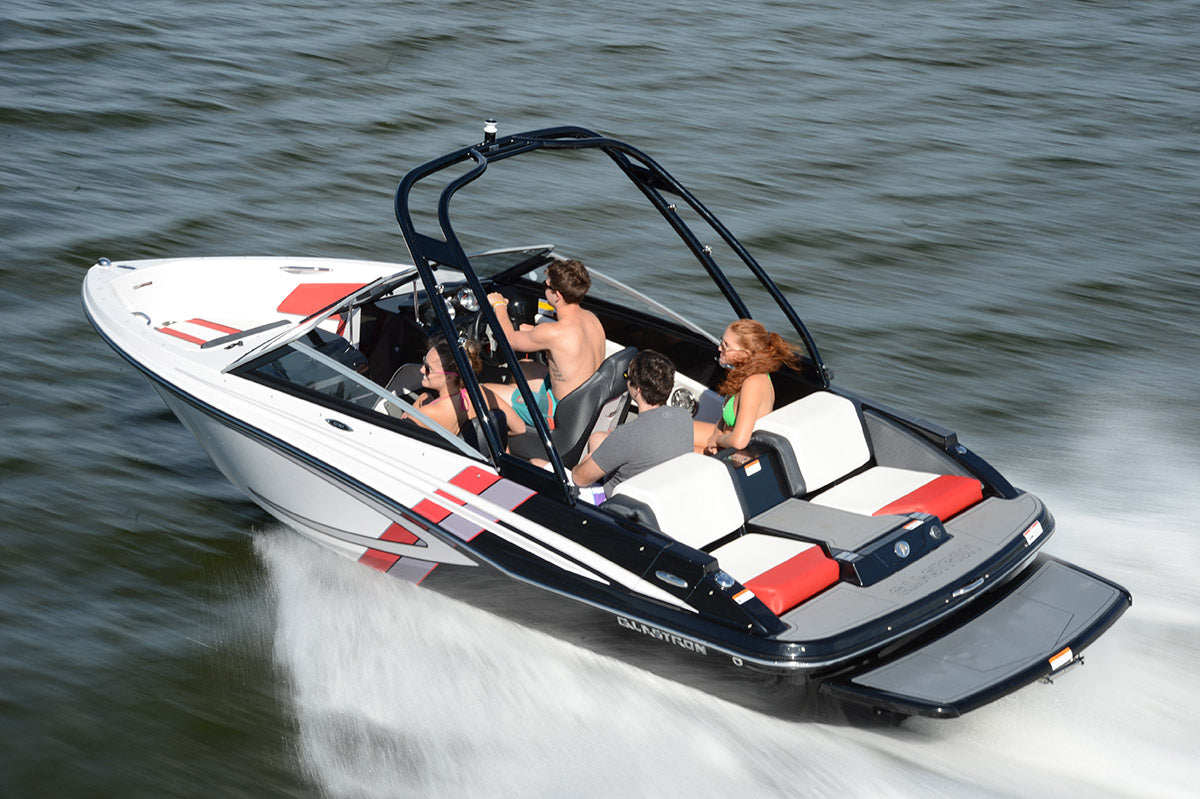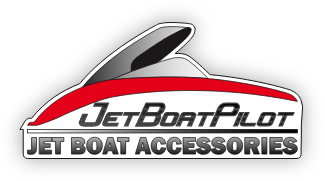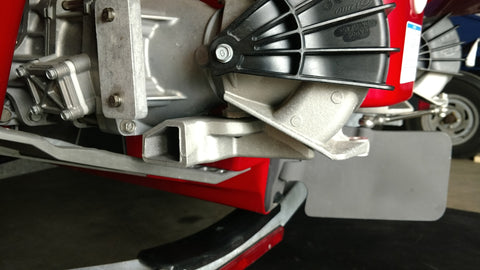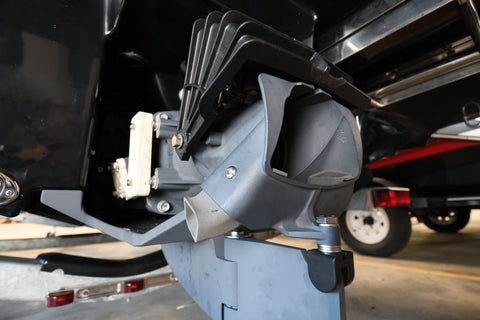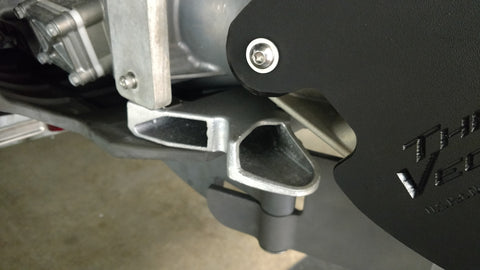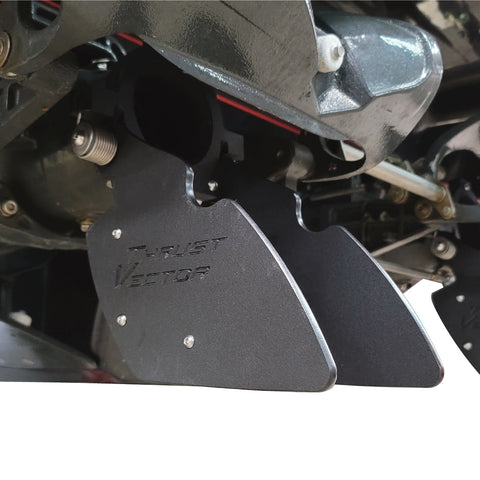Jet Drive Boats
While the boating industry as a whole has seen significant declines in sales over the years since the recession one type of boat saw steady growth and still shows steady growth today. That type of boat is the modern Jet Boat.
Jet propelled boats have been around for decades but only recently, like 2003 recently, has the Jet Boat been modernized and become appealing to the masses. It was in 2003 when Yamaha introduced a revolutionary new hull design paired with Yamaha 4-Stroke Fuel Injected Power Plants which graduated the jet boat from over sized jet ski to full fledged run about!
These new clean emission and quiet (well quieter than the noisy two stroke powered versions of the past) jet boats created a whole new market segment for the traditional boat buyer at a price which was tens of thousands of dollars less than comparable boats in the category. So what made this new jet boat so special? I'm glad you asked!

How Jet Boats Work
Jet Boats use a propeller, similar to any other boat, for propulsion. The difference between a jet powered boat and a traditional sterndrive or outboard powered boat is that the jet boat's propeller, called an impeller, is placed within a housing which allows for a couple of benefits.
- The spinning blade is contained within a housing means that swimmers that come near the blade do not run the risk of coming in contact with the blade. This makes the boat safer for swimmers and who doesn't like safety?
- When you place the propeller within a housing the propulsion produced on the low end is greater than when compared to traditional propellers. The impeller becomes more efficient when contained within a housing and all of the force created is propelled rearward and ultimately used for propulsion. Traditional propellers lose a bit of their efficiency around the tips of the blades thereby having less propulsion at slow speeds.
- Additionally since the propulsion system is contained within a housing, which in turn is contained inside the hull of the boat, jet boats do not require as much water depth as traditional stern driven boats. Having a shallow draft allows for safer boating and less potential for damaging propulsion system components, is safer for marine life, and opens up more boating opportunities in shallow areas. Jet Boat Maintenance

Jet Boat Maintenance
Jet Boats have far fewer moving parts than stern driven or outboard powered boats. The fewer the number of moving parts the less wear and tear and the less maintenance the owner has to be concerned with over time.
This fact is very attractive to anyone who is familiar with the acronym that is most commonly used in the boating industry as "B-O-A-T" which means break off another thousand! There are other expressions such as "the best day of a man's life is the day that he buys his boat and the day that he sells it".
These sorts of expressions come from the misconception that boats are terribly expensive to own. The modern Jet Boat changed all of that. With simplicity came reliability and ease of serviceability.
This means that you won't have to do much work on your jet boat and if you do it won't be hard to do! For instance, Yamaha Jet Boats, the leader in Jet Boat sales worldwide, only require two maintenance items annually. One oil change and one set of spark plugs changed. They don't even require winterization!
Jet Boat Engines
Modern Jet Boats use compact and lightweight engines which were created for use in Personal Watercraft. These high powered and low weight engines allow for the equipping of not just one engine to your boat. Most 21 foot and larger models feature two engines. This adds peace of mind for boaters who will be venturing out great distances from their trailers or from potential aid in the event of an engine failure. Additionally two power plants provides even more acceleration and less cavitation than comparably powered single engine platforms. An additional benefit of the compact personal watercraft engine is the additional room designers have to work with. With the engines placed low in the hull there is tons of room for additional storage and seating options which make these boats much more user friendly than competitive models. You can simply put more people in more seats and carry more stuff with you when you own a Jet Boat.
When it comes to maneuverability noting out performs a jet boat at high speeds. You are able to steer the boat aggressively in turns and on some models even spin the boat like a large jet ski. This competitive advantage appeals to sports enthusiasts who enjoy the thrill of driving a performance car. The jet boat allows you to play and have fun while doing so safely with your friends and family inside. You simply can't do this in a sports car.
So with all of this discussion about the advantages of the modern jet boat and the reasons people buy them so often, you may be asking what is the catch? What is the down side or where are the negatives associated with Jet Powered boats. This is also a great question and we'll talk about that next.
- Jet Boats use smaller engines than traditional stern driven boat models. In most cases stern driven boats use automotive style engines which are similar to a V-6 or V-8 you might find in your car. These engines, due to their size and displacement operate at lower RPMs and therefore by nature are less noisy than the compact personal watercraft engines being used in Jet Boats. In the early days the noise was nearly unbearable for someone who may have been coming from the stern drive world. Over time owners made manufacturers aware of the problem and great strides have been made to reduce the noise levels in the cockpit at speed. Today's Jet Boats are much more enjoyable than in early years but if compared head to head with the quietest of stern driven models I would say that the jet boat will still be louder at cruise speeds.
- Top speed seeking boat owners may want to consider another type of boat if you're looking to break any water speed records. While the jet propulsion system has the advantage on the low end, the propeller which is not encased in a housing has the advantage on the top end. You can only pull so much water through an enclosure so therefore you are limited to the amount of flow you can pull through. Since propellers are not enclosed you have no limit to the amount of speed that you can produce, other than the amount of horse power and the design of the hull.
- Modern Jet Boats are lightweight and are great for lakes, rivers and coastal areas where the boater remains near the shore. In the event you encounter rough seas the lightweight nature makes for a rougher ride than that of a heavier boat. Now let's be clear here. No boat is comfortable on a bad day. But there will be those that say that heavier boats will be more suitable for rougher waters and in that I agree. Jet Boats are lighter by comparison to traditional stern driven boats.
- Slow speed steering has always been the Achilles heel of the jet boat, both original and modern. Jet Boats use directional thrust to steer both at slow speeds and high speeds. This directional thrust is achieved by bending the water flow exiting the jet pump in either the left or right direction. The more water flow you have the more control you have. The less water flow you have the less control you have. If you have no water flow you have no steering and this is where the jet boat got its bad reputation with traditional boaters in the early days. But that has changed over the years with the advent of new technology which JetBoatPilot has developed. Read on for more information about our Patented and Patent Pending slow speed steering enhancements.

